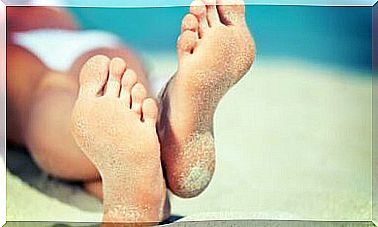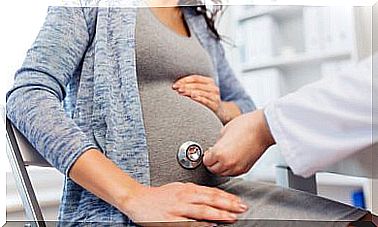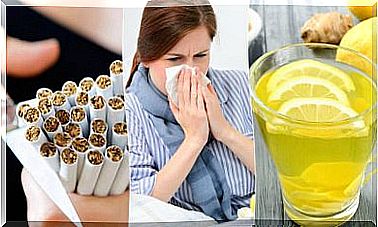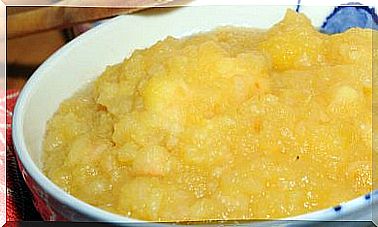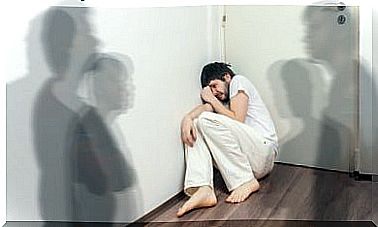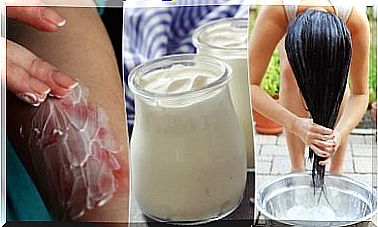Natural Treatment For Low Back Pain: 3 Basic Tips
Low back pain often affects people between the ages of 30 and 60 on a regular basis. It is a common ailment, caused by muscle strains in the lower back, which causes pain and mobility problems. Although in most cases it resolves, low back pain should be seen by a doctor, as it is sometimes a sign of other illnesses.
In addition, a proper diagnosis facilitates treatment, since the doctor can choose the best therapeutic options based on its cause. In case of being mildly overlooked, some tips can serve as an adjunct to improve it. In this space we detail them.
Tips for relieving low back pain
According to a publication in the National Institute of Neurological Disorders and Stroke (NINDS) , low back pain or low back pain is one of the most frequent causes of work-related disability. It is estimated that at least 80% of Americans will have this ailment in their lifetime.
In most cases, this condition is due to an injury, such as sprains or strains due to sudden and jerky movements. However, it can also be a symptom of certain diseases, such as herniated disc, degeneration of the intervertebral disc, sciatica, infections, among others.
According to this same entity, the treatment for low back pain can vary according to its severity. Thus, if it is due to a serious trauma or illness, some medications and corrective procedures such as surgeries may be necessary.
In the meantime, when the pain is acute, some conventional treatments and self-care measures often suffice. Here we highlight 3 options that are backed by scientific evidence.
1. Stay active

Often after experiencing an episode of low back pain, many people choose to rest in bed. However, according to current evidence, this measure should be limited. It is best to stay active and resume daily activities little by little, avoiding tasks that involve too much overexertion.
As detailed in a post in the National Center for Biotechnology Information , lack of movement can weaken core muscles, worsen long-term pain, and lead to other health problems as well. On the contrary, staying active improves back flexibility and speeds up the recovery period.
2. Strengthening exercises for low back pain
We can turn to a spinal health professional, such as a physical therapist, chiropractor, or a physician specializing in physical medicine and rehabilitation, for guidance on strengthening exercises for the lower back.
And it is that, beyond keeping active with general daily activities, this type of exercise contributes to maintaining and developing muscle strength, which minimizes the reappearance of pain.
According to a review released through Healthcare , an exercise program that combines muscular strength, flexibility and aerobic fitness is beneficial for the rehabilitation of this ailment.
Increasing muscle strength helps support your spine. Meanwhile, improving the flexibility of muscle tendons and ligaments improves range of motion. In addition, aerobic exercise increases blood flow and facilitates the transport of nutrients to soft tissues.
3. Cognitive-behavioral treatment

There are many people who, when suffering from low back pain, avoid moving and are afraid of movement because they associate it with pain. This can lead to muscle strain and overload. It is a vicious circle; pain causes fear, fear the idea that we should not move and, in turn, immobility further inflames the nerves and weakens the muscles of the lower back.
Cognitive behavioral therapy is a good support to cope with this ailment. Coinciding with research published in Pain and Therapy, these types of approaches help alter the perception of pain and allow patients to regain their functionality.
Seek medical advice!
In addition to drug treatment for pain caused by low back pain, we can resort to a series of natural treatments that support the recovery process. The most important thing is to seek medical attention, since this ailment often has its origin in diseases of greater care.

